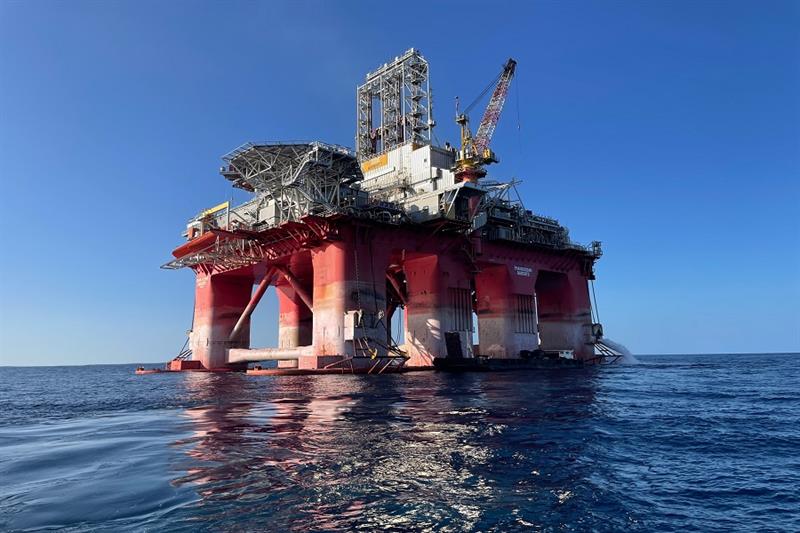Egypt, with its abundant natural gas reserves and its strategic location bridging Africa and the Middle East, plays a strong role in the global natural gas and energy sector, especially as one of the top 20 natural gas-producing countries.
The annual production rate of natural gas, recorded at approximately 1.75 million cubic feet (MMcf) in 2015, underscores Egypt’s strong capacity. As of 2017, the country boasted 77 trillion cubic feet (Tcf) of natural gas reserves, making it the 16th largest holder of such reserves globally. These reserves represent about 1 percent of the world’s total.
Egypt’s ample wealth of natural gas ensures long-term energy security, especially as it provides more than 37.9 times its annual consumption.
As of 2021, Egypt was responsible for the production of 26.7 percent of all gas produced regionally and 8.7 percent of total energy exports in the region.
In September 2023, the country ranked as the world’s 12th largest exporter of liquefied natural gas (LNG), and third in the top African countries in terms of reserves, with approximately 2.1 trillion cubic meters. This makes it a pivotal player in the global energy market, attracting both local and international investments in the natural gas sector.
In 2023, Egypt produced 5.8 billion cubic feet of natural gas per day, with production level expected to rely on the volume of new research, exploration, and drilling operations, according to the Egyptian Minister of Petroleum and Mineral Resources, Tarek El-Molla.
Using new technologies, natural gas can be transported in tanker ships through a required pipeline network of complex and expensive infrastructure to distribute the gas to end users.
Egypt’s proximity to major energy markets and transit routes, such as the Suez Canal and the Suez-Mediterranean (SUMED) Pipeline, allows it to transport oil and liquefied natural gas (LNG) shipments from the Persian Gulf to Europe and North America.
Egypt exported 8.9 billion cubic meters (bcm) of LNG, accounting for 1.6 percent of the global LNG trade. Seventy-three percent of Egypt’s LNG exports were directed to Europe in 2022, and in 2021, 71 percent of its exports went to Asia.
When it comes to natural gas in its gaseous form, the country operates two pipelines for exporting: the Arab Gas Pipeline, which transports gas to Jordan, Syria, and Lebanon, and the East Mediterranean Gas (EMG) pipeline, linking Egypt with Israel. However, Egypt primarily exports its gas as LNG, leveraging its two liquefaction plants with a combined capacity of 12 million tons per annum.
From 2018 to 2023, Egypt, in cooperation with international companies, has “dug 576 natural gas wells, and made 289 new gas and petroleum discoveries, adding 1.32 billion barrels of oil equivalent and 5.75 trillion cubic feet of natural gas to Egypt’s reserves”, according to El-Molla.
The country has a goal to become a central hub for regional gas trade, facilitating the export of stranded gas in the Eastern Mediterranean. El-Molla stated that there are plans to dig 35 natural gas wells in the Mediterranean and the Nile Delta by 2025, with an investment of USD 1.8 billion (EGP 85 billion).







Comment (1)
[…] post How Egypt’s Natural Gas Reserves Contribute to the Global Energy Market first appeared on Egyptian […]